When it comes to debating the Greatest of All Time, no one’s more spirited than sports fans. And when it comes to naming the G.O.A.T. of sports video games you won’t find a more passionate, opinionated audience than sports gamers.
That’s why IGN partnered with the U.S. Army for the Best Sports Video Games Showdown that kicks off with an epic bracket featuring 32 sports video games divided into four ultra-competitive brackets.
Between March 24th and March 28th, we’ll invite IGN fans to vote on each seeded match up and crown the best sports video game of all time.
The best part? You can walk away the grand prize winner if you manage to correctly predict how the fan-voted bracket unfolds. Be All You Can Be and put your prediction skills to the test.
To make sure you don’t miss the opportunity to win big – keep reading for details on how to enter. And if you want to know why we chose the games featured in this bracket, tune into ign.com and youtube.com/ign to watch our bracket livestream on 3/27 at 10:00amPT.
Sign Up for the Contest and Win Big
Be All You Can Be and visit the bestsportsgame.ign.com between Friday, March 24th and Tuesday, March 28th, and submit your 30 predictions for the bracket. Then starting March 29th, we’ll kick off 5 rounds of fan voted polls across IGN platforms. Each poll will put the bracket matchups head-to-head, determining whether or not your submitted predictions are correct. You’ll score points for each game you correctly guess will win the majority of IGN fans votes during these 5 rounds of voting.Check your scores on the leaderboard at bestsportsgame.ign.com
One (1) contest winner will receive an Xbox Series X, a PS5, 32 sports game titles and a one-of-a-kind IGN champion’s jersey to strut around in while bragging about your victory. And if you miss out on the top prize, don’t fret! The top ten runners-up will receive a $100 gift card to the digital video game store of their choice.
FILL OUT YOUR BRACKET: Head to bestsportsgame.ign.com between March 24th (at 12am PT) and March 28th (11:59pm PT) and follow these four easy steps:
- Click the “Submit Your Predictions” button.
- Make your predictions (you must make predictions across all 60 match-ups to qualify).
- Enter a username (which will be shared on bestsportsgame.ign.com’s public leaderboard), your full legal name, and a valid email address.
- Click “Submit Your Predictions” (note: predictions can’t be changed once submitted).
SCORING:
- Round 1: 16 possible correct answers worth 30 points each (480 points max)
- Round 2: 8 possible correct answers worth 60 points each (480 points max)
- Round 3: 4 possible correct answers worth 120 points each (480 points max)
- Round 4: 2 possible correct answers worth 240 points each (480 points max)
- Round 5: 1 possible correct answer worth 480 points (480 points max)
Tie Breaker: In the event of a tie, the user who most closely predicts the ratio of fan votes between the two final game titles will be declared the winner. In the event users make a guess that is equidistant from the actual percentage split, the user whose guess is under will qualify as the winner.
Secondary Tie Breaker: If multiple users are tied after the initial Tie Breaker, the winner will be determined by who was the first to submit their bracket selection on the IGN site.
Track Your Score: Contest entrants can track their score on the public leaderboard at bestsportsgame.ign.com. The bracket and public leaderboard will be updated approximately 24 hours after fan voting closes on each round of voting.
Relevant Contest Dates:
- Entry Period: March 24th 12am PT to March 28th 11:59pm PT
- Round 1 “Round of 32” Fan Voting: March 29th 10am PT to March 30th 10am PT
- Round 2 “Sweet 16” Fan Voting: March 31st 10am PT to April 1st 10am PT
- Round 3 “Elite 8” Fan Voting: April 5th 10am PT to April 6th 10am PT
- Round 4 “Final 4” Fan Voting: April 10th 10am PT to April 11th 10am PT
- Round 5 “Championship” Fan Voting: April 12th 10am PT to April 13th 10am PT
- Winner Revealed: April 15th at 11:59pm PT
- In the event a winner can not be verified by April 15th, the winner reveal will be delayed.
Remember, you can’t win if you don’t play! So head to bestsportsgame.ign.com between March 24th (at 12am PT) and March 28th (11:59pm PT) to submit your 32 sports video game predictions!
How the Brackets Were Created
When it comes to picking the top 32 sports games of all time, there’s a treasure trove of titles to choose from, and the debate can get heated real fast. So we turned to an assortment of IGN staffers including our publisher, our Head of Features, and our Head of Social Media (to name a few), to select and seed the games competing for G.O.A.T. status.
We took into account critical consensus, IGN staff favorites, and a game or franchise’s overall popularity, dividing them into four talent-rich brackets: Traditional Sports, Arcade Sports, Racing/Fighting, and Wildcard.
To keep it balanced and varied, franchises can only have one representative — so each selection serves as the face of that series. So, if MVP Baseball 2005 makes the cut, it will represent the entire Triple Play/MVP series. Lastly, no mobile sports games are included in the bracket.
How to Watch IGN’s Best Sports Video Games Showdown Bracket Announcement Live Stream
If you’re fired up to watch the 32 game deliberations in our Best Sports Game of All Time livestream, join our hosts Alan Wheeler and Ben Watts on Monday, March 27th at 10:00 AM PST on IGN’s YouTube, Twitch, IGN.com, Twitter or Facebook. They’ll be joined by members of the U.S. Army esports Team who will discuss the brackets and which noteworthy sports games didn’t make the cut.
Remember, you can’t win if you don’t play! So Be All You Can Be and head to bestsportsgame.ign.com between Friday, March 24th and Tuesday, March 28th to submit your 32 picks/predictions.
Advertisement by The U.S. ARMY



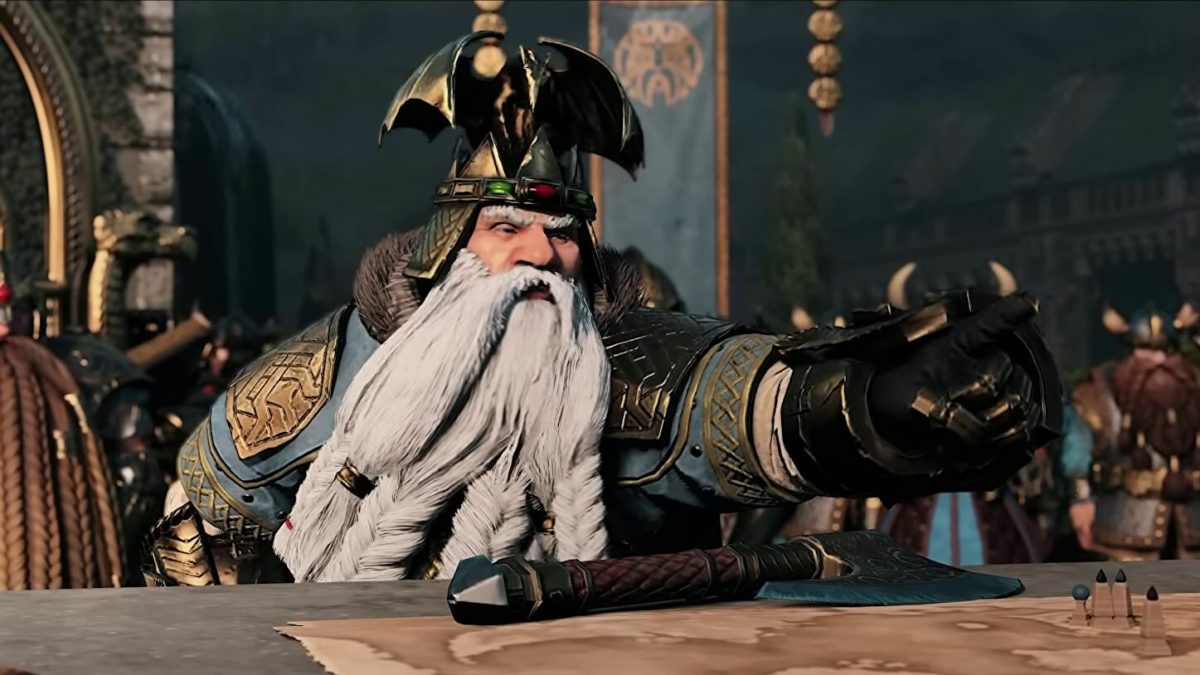
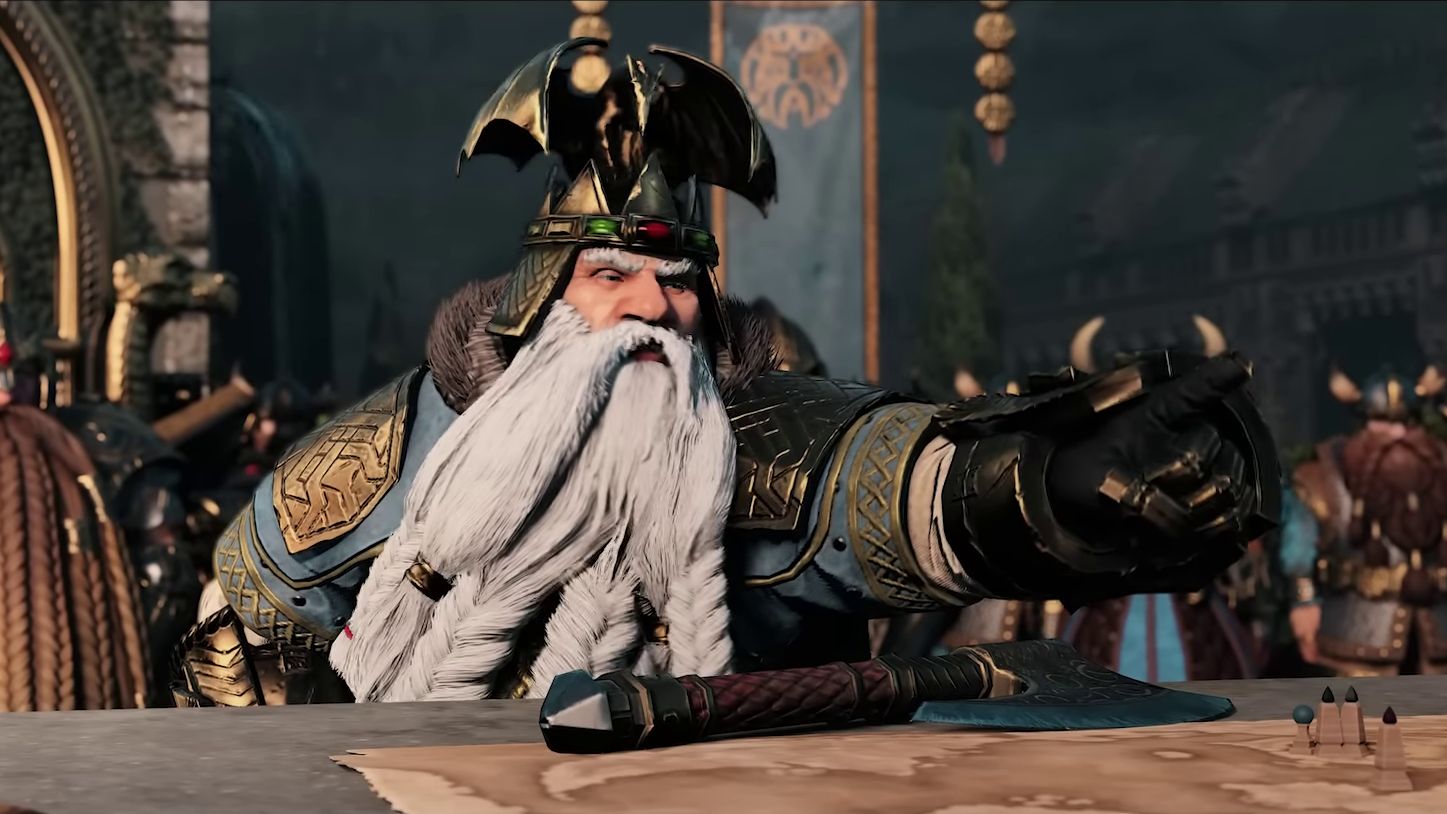 Realtime Nordic, a studio that makes, specifically, video game trailers. “…and we haven’t actually shot anything, so you’ll need to do that yourself. Some of the actors won’t come out of their trailers. One of them will but if you shoot him from the front you realise he’s got no eyes, but don’t show the audience that. It’s not intentional, he’s getting them fixed. Also can you film it twice, for different streaming platforms? Make a really good version for Netflix and a slightly worse looking one for Quibi.”
Realtime Nordic, a studio that makes, specifically, video game trailers. “…and we haven’t actually shot anything, so you’ll need to do that yourself. Some of the actors won’t come out of their trailers. One of them will but if you shoot him from the front you realise he’s got no eyes, but don’t show the audience that. It’s not intentional, he’s getting them fixed. Also can you film it twice, for different streaming platforms? Make a really good version for Netflix and a slightly worse looking one for Quibi.”



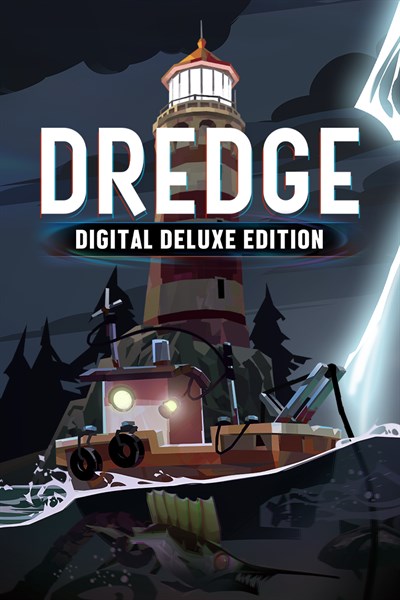

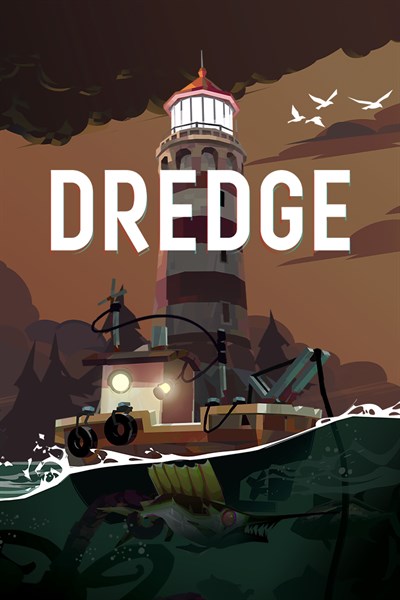
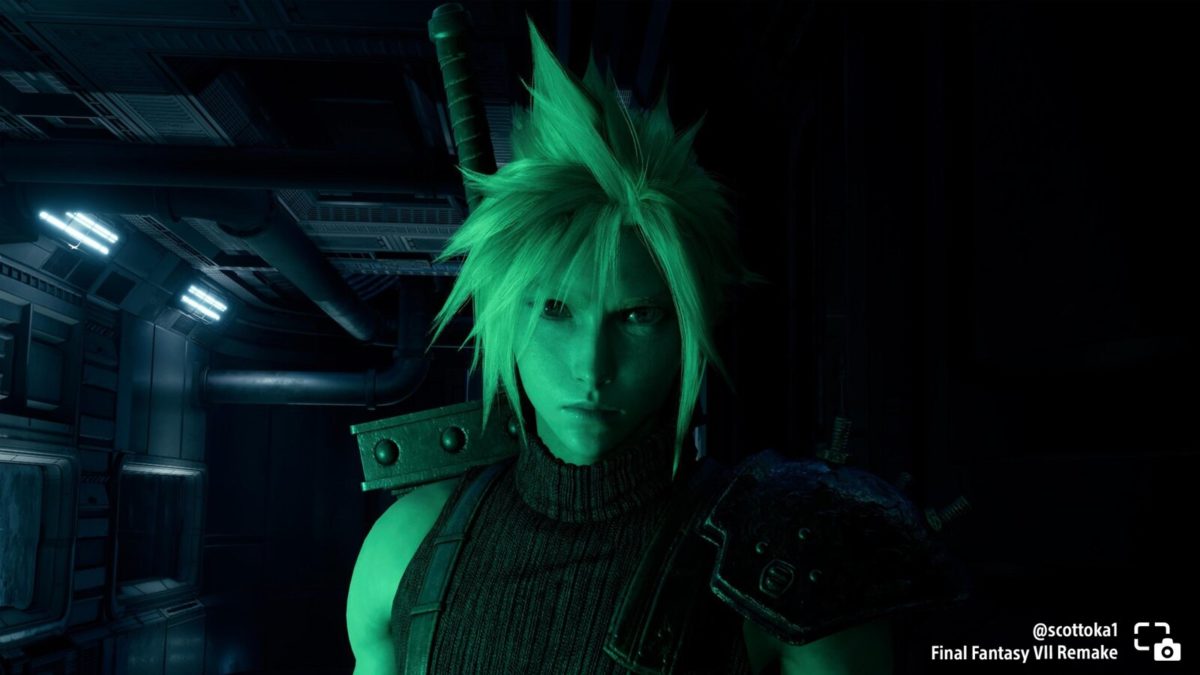







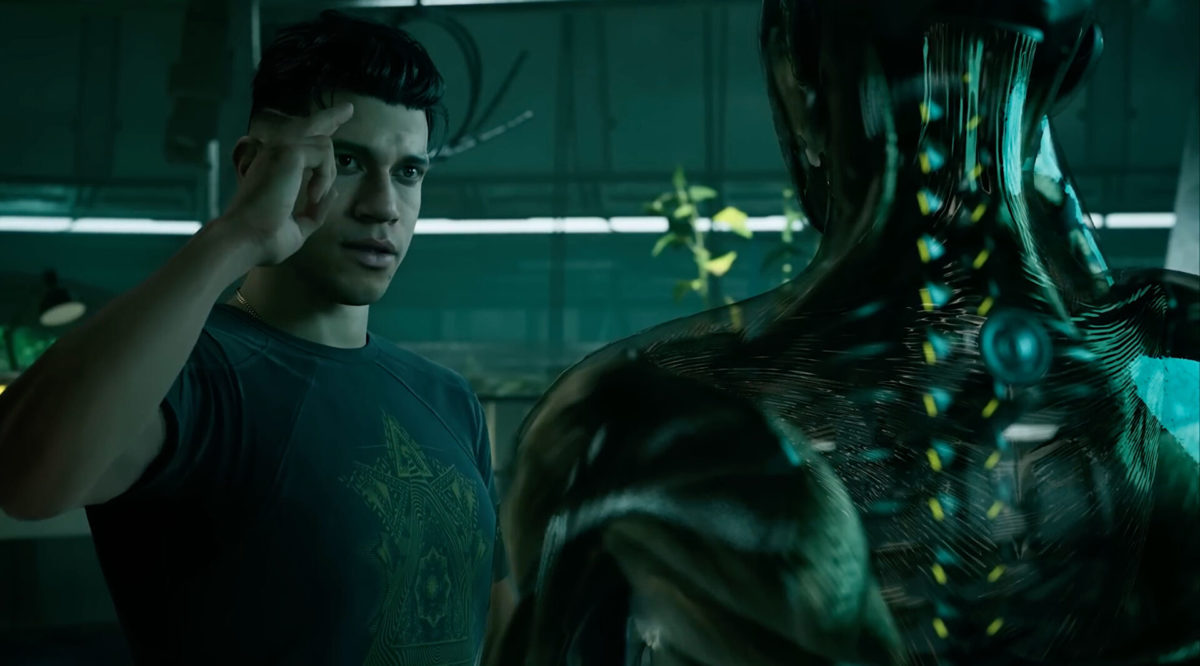
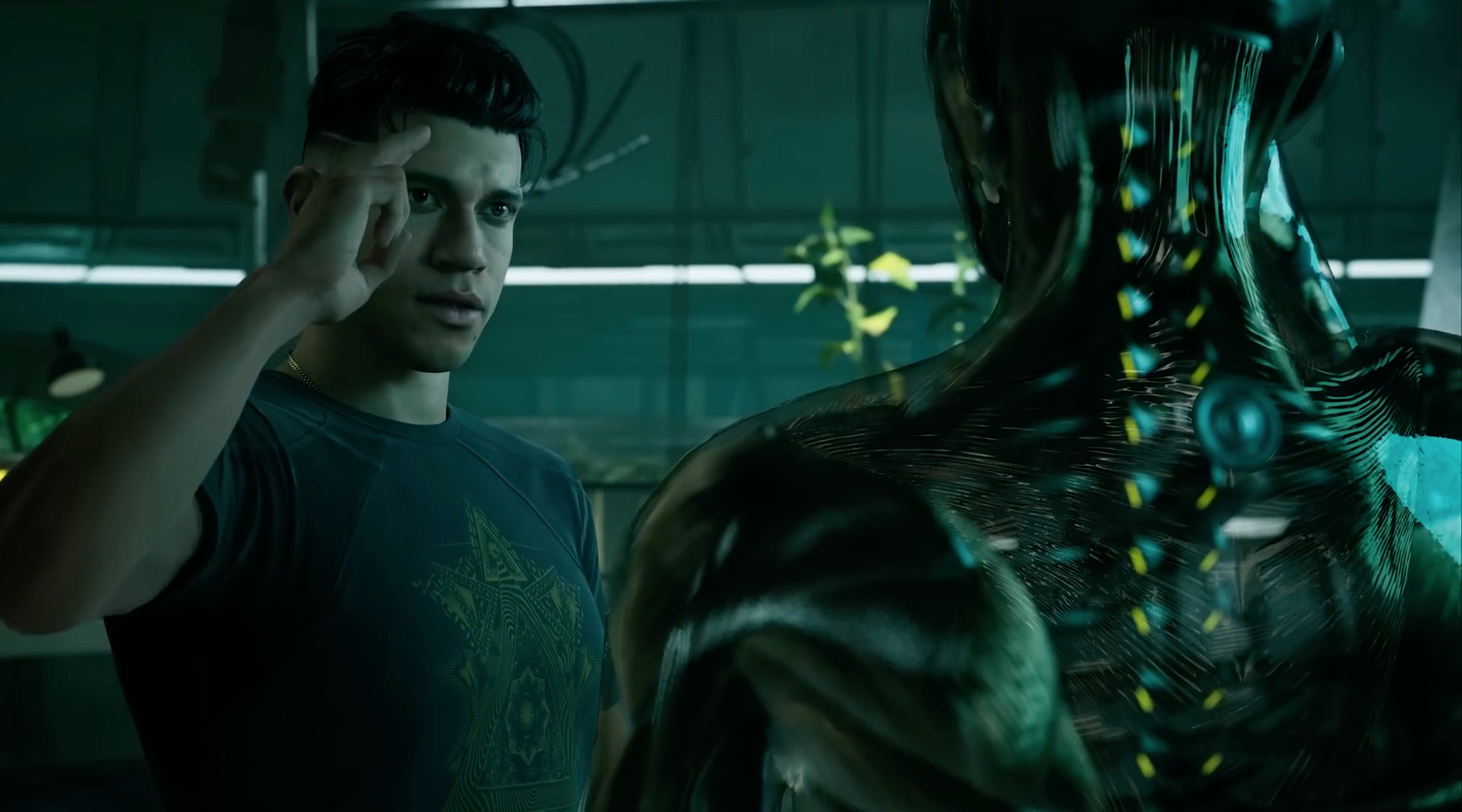 Everywhere (not to be confused with
Everywhere (not to be confused with 















